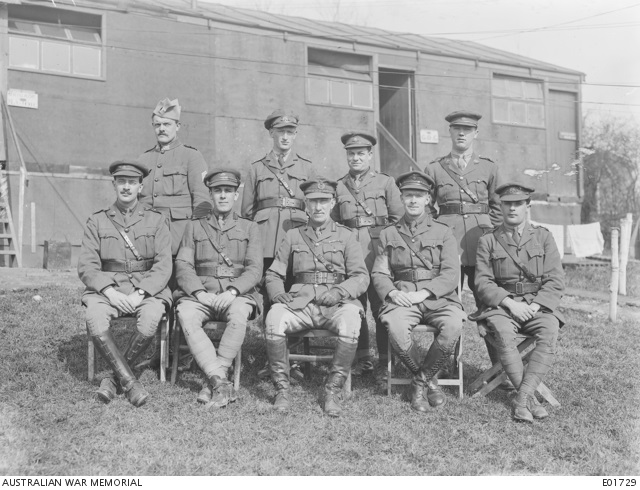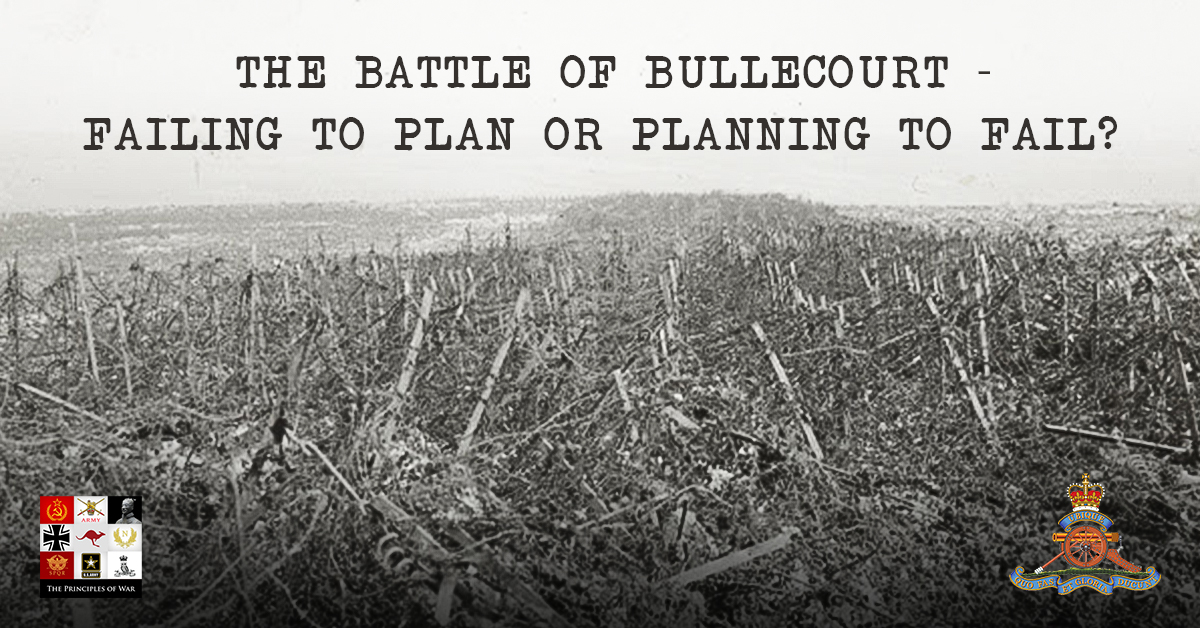What planning was done for the First Battle of Bullecourt and why was it so flawed? We discuss artillery, logistics and planning, mission analysis and how the plan came about in the time available.
This is part of our 150th Anniversary of the Royal Australian Artillery series.

Despite having minimal artillery support and very little support from the tanks, the soldiers achieved the break in to the Seigfried Line.
“With artillery support, we can keep this position until the cows come home.” Capt Harry Murray, VC.
Many could see that the attack was stalled and no one had made it past the OG 1 and 2 trenches, however reports had reached Corps HQ that men were advancing. This conflicted with the desperate SOS requests for artillery support.
“A most aggravating telephonic conversation took place.” Description of the conversation that occurred in the HQ attempting to get artillery support. Poor Command and Control and lack of situational awareness meant that Harry Murray and the troops in the trenches were denied the artillery support they so desperately needed. The poor Bullecourt planning was succeeded by poor post H-Hour execution. Gough thought things were going so well he attempted to pass cavalry through the lines to exploit the imaginary advantage that he had.

Group portrait of the officers of the 4th Brigade Staff, taken at Waterloo Camp. Left to right, back row: Monsieur Eloi, French Interpreter attached; Lieutenant (Lt) H. B. Davies MC, Intelligence Officer; Lt S. M. Larkins, Signal Officer; Lt L. Barnes, Gas Officer. Front row: Major (Maj) R. W. Tovell DSO, Assistant Brigade Major; Maj C. M. Johnston DSO, Brigade Major; Brigadier General C. H. Brand CB CMG DSO, General Officer Commanding, 4th Australian Infantry Brigade; Captain H. Thomson MC, Staff Captain; Lt L. Tweedie MC MSM, Assistant Staff Captain.
The Commander of the 4th Division, Major General Brand and the 2 Brigades – 4th and 12th Brigades, planned as well as they could, but there was very little time for detailed planning with ongoing changes to the Bullecourt planning process, including a change to the artillery support coming less than 12 hours before H-Hourt. This lead to the Buckshee Battle – the delay in tanks caused the 4th Division to call off the attack, but the message did not get through to the British 62nd West Riding Division, leading to 162 casualties.
“The stunt is off, dispositions as yesterday. Move.” Orders to 4th and 12th Brigades after the tanks were late for H-Hour on the 10th of April. The attack would be repeated on the 11th, with all surprise gone.
“To hell with the tanks, I’ve lost my Brigade over them.” Brigadier Brand, Commander, 4th Brigade.
The Battle of Lagnicourt
Operation Unternehmen Sturmbock – Operation Battering Ram occurred on the 15th of April.

The German XIV Reserve Corps, under Generalleutnant Otto con Moser, planned to raid the Australian defences, destroy equipment, especially artillery, in order to delay Allied offensives and allow the Germans further time to complete their defensive works within the Bullecourt area.
Join the conversation on Twitter or Facebook.







